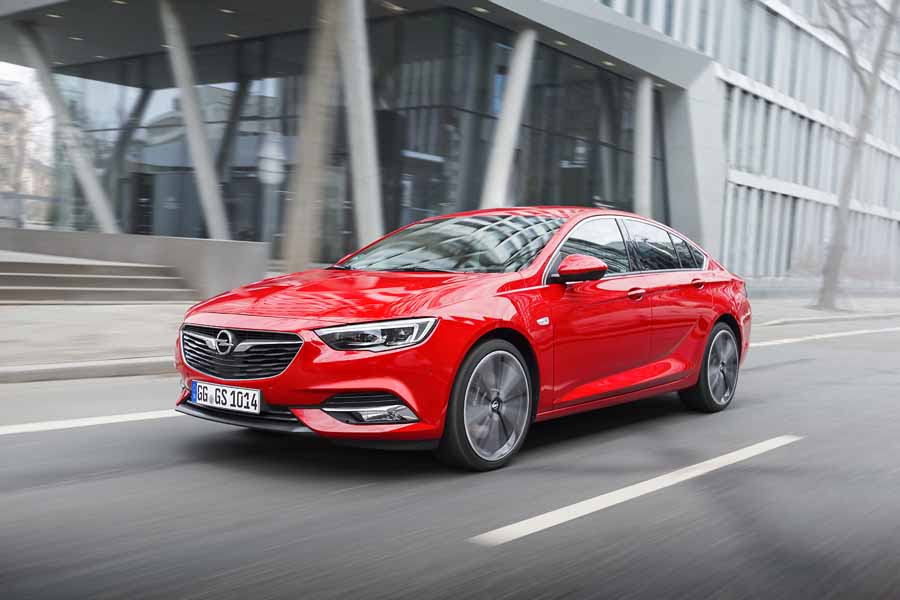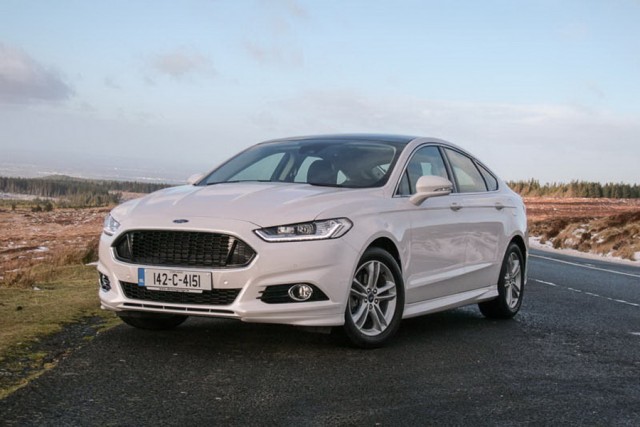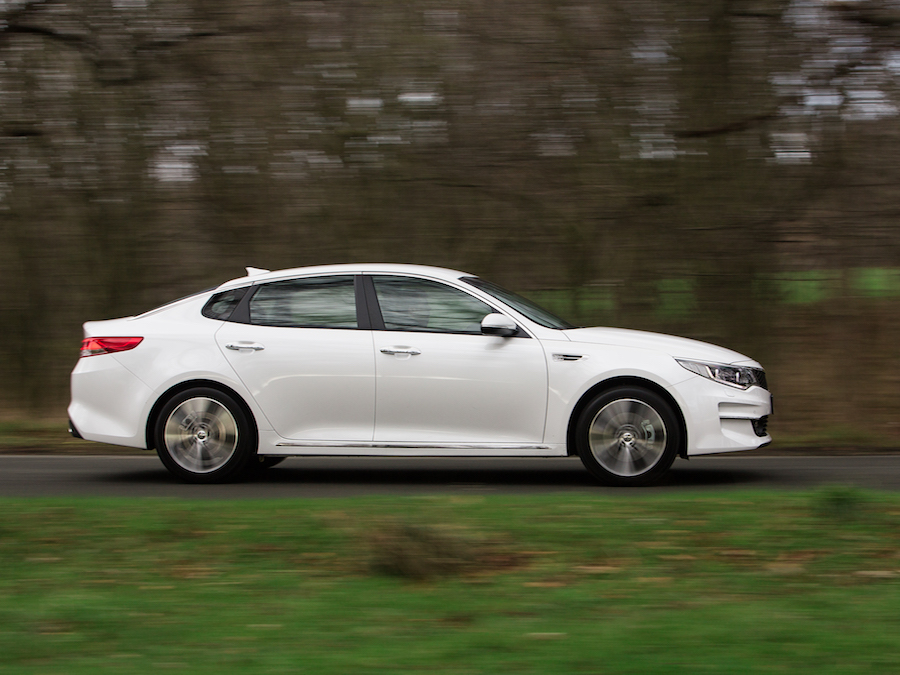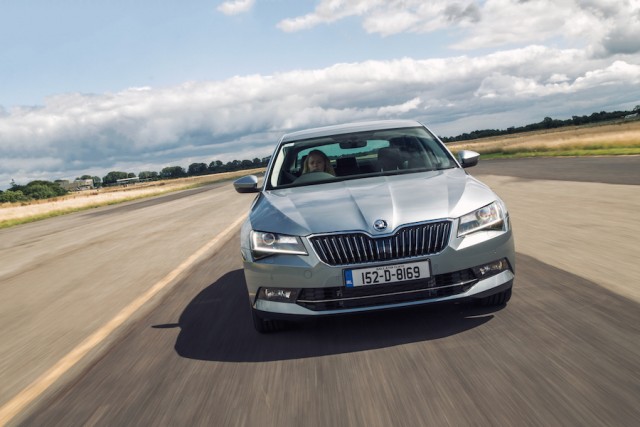The new Opel Insignia Grand Sport's predecessor seemed consigned to the world of fleet sales, becoming the default rep-mobile of choice. With the all-new model comes an all-new name, as Opel sets its sights on more upmarket clientele and, in the looks department at least, has enough to do the job.
In the metal
Opel has rediscovered its design mojo, first with the Astra and now even more so with the Insignia Grand Sport. The typical large saloon shape (D-segment to those in the business) isn't all that adventurous; it's usually function with a bit of form thrown in around the edges. However, Opel has given this second-generation Insignia a much more athletic stance, lowering the overall height by 29mm and increasing the width by 7mm.
There are now only two body styles offered; the hatchback that we're driving here and an estate called the Insignia Sports Tourer. Opel has axed the four-door saloon variant. Despite having a more coupe-like roofline, the new Insignia gets a generous 490-litre boot, which, thanks in part to a large hatch, easily swallows up bulky items. Drop the 40:20:40 split folding rear seats and you have up to 1,450 litres of space at your disposal. Overall, the exterior is a somewhat simple affair, with little to spoil what is a very attractive design. The rear passenger doors feature a prominent upward slice into the bodywork, adding to what is a much sportier side profile than before.
Inside, the cabin has a new, more driver-focused layout, but it's still familiar to anyone that has sat into a recent Opel. There are plenty of tweaks to the design elements, though, like the lowered dashboard height to improve outward visibility and a new, larger infotainment screen that appears to fill the whole space between the central air vents. Opel has also done away with that annoying haptic feedback touchpad that was previously found on the centre console.
Driving it
As soon as you sit into the Insignia Grand Sport, you notice how Opel has made the cabin more driver-centric. You sit 30mm lower than before, while the raised centre console and low, flat dashboard top do little to interfere with your view of the road. The optional head-up display is large and provides all of the relevant driving data in a clear, easy-to-read style that's in full colour, too.
What is apparent from the off are the reduced noise levels inside the cabin. Opel has been working hard at improving its 'Whisper Diesel' engines to reduce that coarse sound often associated with diesel, but it's clear that the engineers have added in more sound insulation too, as general road noise is remarkably well kept at bay.
The 170hp 2.0-litre diesel engine is carried over from the previous model. With 400Nm of torque, it has plenty of low-down performance, so you won't need to rev it out much in each gear, while roll-on acceleration at higher cruising speeds is good, though you may occasionally find the need to drop a gear for quicker overtakes. What lets the driving experience down slightly is the manual gearbox. It's geared towards economy rather than outright performance, which in itself isn't a problem, but the long throw across the gearbox from second to third, for example, detracts from what is otherwise a refined driving experience. We found the gear selector doesn't sit nicely in your hand; it's a bit too big and feels cheap to the touch as well. If you tend to sit closer to the steering wheel, you may also find that long throw leaves your arm bending back further for second and fourth gears than in comfortable.
More positively, the ride quality on the move is impressive, with the car's standard suspension setup quickly soaking up bumps with enough damping to prevent it from feeling too bouncy or soft. Opel offers its FlexRide adaptive chassis technology, too. This system includes the addition of 'Tour' and 'Sport' settings that the driver can activate via a button by the gear selector. The Tour mode softens off the suspension a little further, but we found that on some roads this made the ride almost too floaty and was better suited to longer motorway journeys. In Sport guise you get the inverse, as the suspension feels much stiffer, while the steering assistance is reduced and the throttle response is sharpened up. While it's nice to have the option, we found sticking with the standard suspension best.
Through bends, the Insignia drives well, with the steering nicely weighted and enough feedback to encourage you to have a bit more fun on the right roads. It might not feel as well-honed as say a BMW 3 Series in the steering department, but few will find fault with the Opel's setup. It holds its line well through corners with less body roll than before, thanks in part to the now lower centre of gravity. That also benefits the car under braking where there is a less perceptible load shift when braking into a corner.
What you get for your money
Pricing for the Insignia Grand Sport starts at €27,350 for the 140hp 1.5-litre turbocharged petrol model. Initially, it looks as if the price has jumped up, but Opel Ireland has also dropped its entry-level 'S' specification from the range, meaning it now starts with the 'SC' model, which features 17-inch wheels as standard. A more powerful 260hp 2.0-litre petrol engine, available only in range-topping Elite trim, is priced at €42,595.
Diesel engines will start from €29,350 for the 110hp 1.6-litre ecoTEC, which is likely to be a popular choice with business and fleet buyers. The more powerful 136hp version of the 1.6-litre diesel starts at €30,350, with an automatic transmission option starting at €32,550. The 170hp engine reviewed here will cost from €30,850 and is only available from the now-second-tier SRi specification.
Summary
A new name for Opel's flagship saloon seems fitting given how much has changed and improved. The Insignia Grand Sport is as stylish as it is good to drive and separates Opel from some of its other mainstream rivals.



































